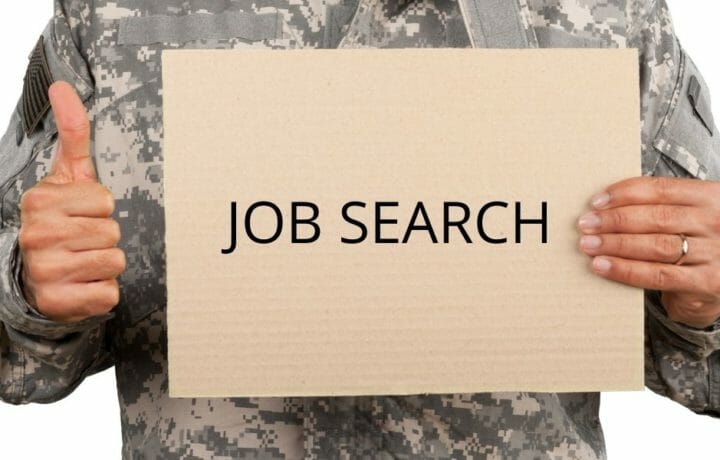Last week we talked about some of the advantages of working for the federal government. But there is another advantage not only at the federal level, but working at any government level: local, state, tribal or federal; in addition, some not-for-profit government agencies, such as AmeriCorps, Peace Corps or other tax-exempt Not-For-Profit Government Organization (NGO), are also eligible for the perk – student loan forgiveness.
The GI Bill May Not Be Enough
Most veterans have the GI Bill they can use for college, but in many cases, it is not enough. The Montgomery GI Bill only pays up to $1,857 per month; the Post 9/11 GI Bill pays up to $21,970.46 per year toward tuition at a private or foreign school. Some schools charge that much in tuition per semester. To make up the difference, many students turn to student loans.
In fact, the average 2016 college graduate walked across the stage with a diploma in one hand and $37,173 in student loan debt in the other. That is a significant financial burden to carry for a newly graduated student that may not even have a job yet.
Types of Loans
Student loans can come from a variety of places, including the Federal Family Education Loan Program (FFEL) and Federal Perkins Loan. However, to take advantage of public service student loan forgiveness, only loans made through the William D. Ford Direct Loan program qualify.
For those having non-qualifying loans, one option to qualify for public service loan forgiveness is to combine non-qualifying loans into one Direct Loan. The downside of doing this is only the number of payments made on the Direct Loan count toward forgiveness.
The Public Service Loan Forgiveness Advantage
Certain public service employees with qualifying loans may be eligible for student loan forgiveness after making 120 payments on a qualifying loan (with payments starting after October 1, 2007). All 120 payments must be made while in a full-time public service job.
The two biggest differences between public service loan forgiveness and other types of forgiveness programs is a) the loan and interest amount forgiven is not taxable by the IRS and b) other forgiveness programs start after 25 years of repayment instead of 10. The savings of 15 years in payments and the amount forgiven not being taxable by the IRS can be huge financially.
Qualifying Employment
To qualify, public service employment must be considered full-time or the job(s) worked total at least 30 hours per week, whichever is greater. Two or more qualifying part-time jobs with a combined average meeting the 30-hour requirement count toward student loan forgiveness.
Student loan forgiveness in return for public service can make serving your country an even more attractive option than working in the private sector. New graduates with qualifying student loans should look at eligible government service right away if for no other reason than to take advantage of this perk alone. In ten years, your student loan debt could be at zero dollars owed.




